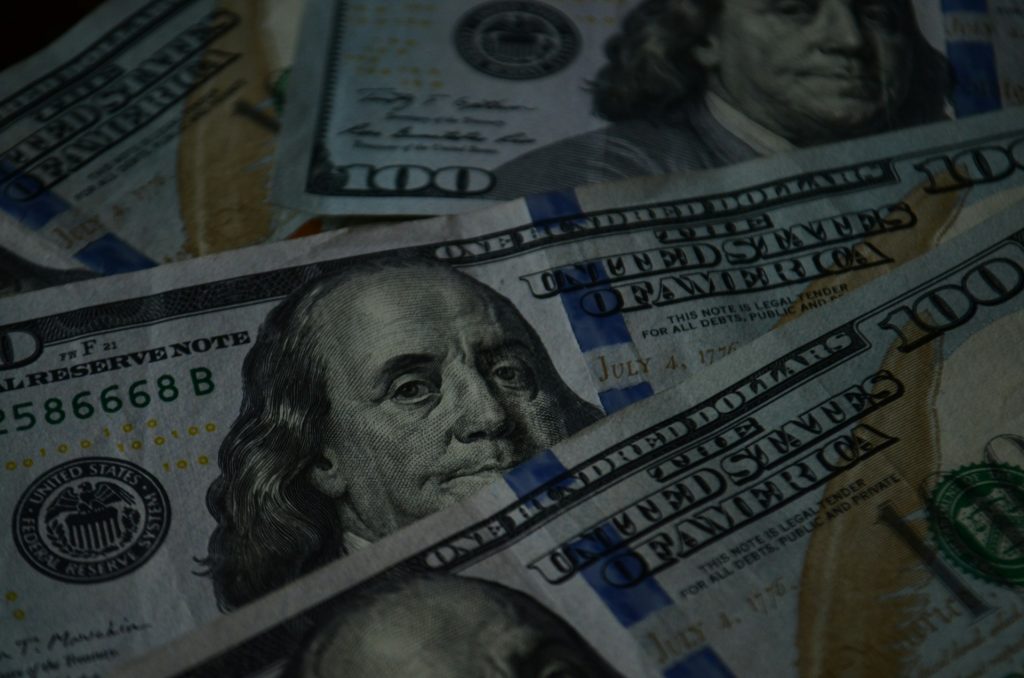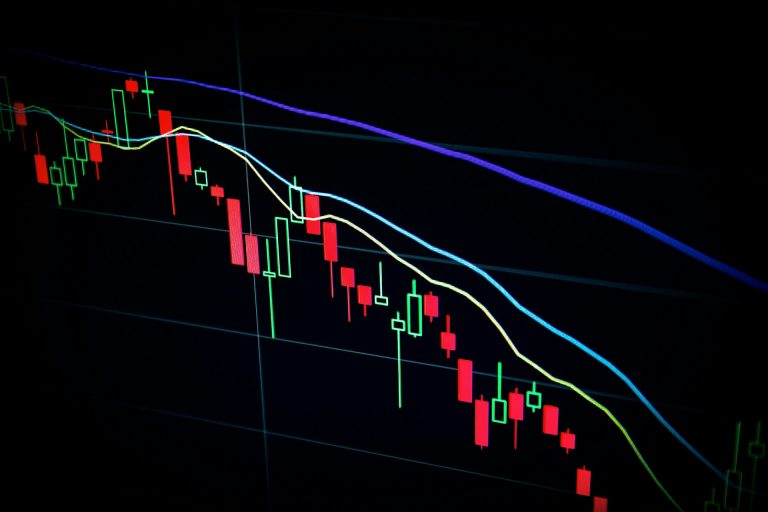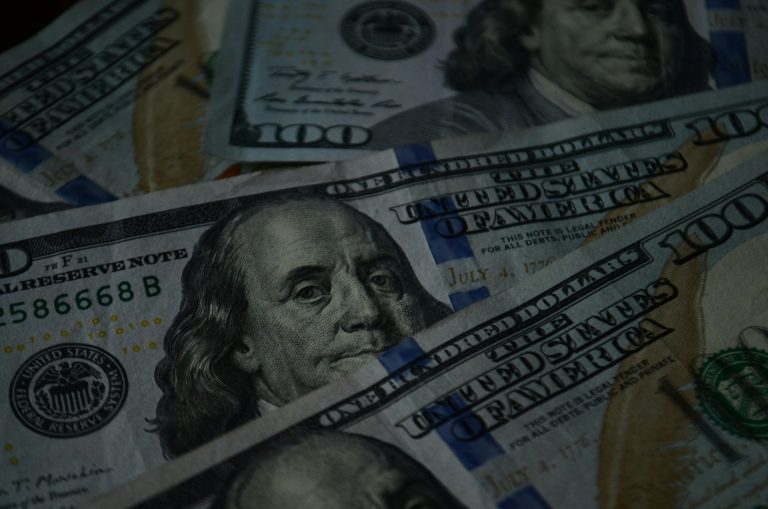
Debt Soars to Unprecedented Levels
As of June 2025, the United States’ national debt has reached a staggering $37 trillion, marking a historic high that’s sending shockwaves through global financial circles. While debt has long been a part of economic strategy, this new milestone is more than a statistic—it reflects deep structural concerns that economists, investors, and policymakers around the world can no longer ignore.
Interest Payments Could Hit $1 Trillion by 2026
According to data from the U.S. Debt Clock, the current debt equates to roughly $106,000 per American citizen. Even more concerning, projections from the Peter G. Peterson Foundation indicate that annual interest payments on the national debt could exceed $1 trillion as early as next year. The debt-to-GDP ratio now stands at approximately 122%, one of the highest in U.S. history.
This rising debt burden is not just a result of temporary spending—it reveals a chronic budget imbalance. With deficits year after year and rising interest costs, many analysts are comparing it to a bottomless pit, where each effort to fill the gap is quickly swallowed by structural inefficiencies.
Global Confidence in the Dollar at Risk
The U.S. has historically relied on foreign buyers like China, Japan, and European central banks to purchase its treasury bonds. However, increasing geopolitical tensions and shifts toward financial fragmentation may reduce this demand. At the same time, Moody’s downgraded its outlook on U.S. sovereign credit to “negative” in May, raising the possibility of an official credit rating cut—an event that could rattle markets even further.
The U.S. dollar remains the cornerstone of global reserves, but the unchecked rise in debt could weaken confidence in the currency, creating opportunities for competing powers. Countries like China and Russia, along with other BRICS nations, are already exploring alternatives to reduce reliance on the greenback, potentially ushering in a more multipolar monetary order.
A Budget Tug-of-War in Washington
The federal government is caught in a tight spot: balancing economic stimulus, maintaining social programs, and restoring fiscal responsibility—all while navigating a polarized political environment. Since returning to the White House, Donald Trump has openly criticized Federal Reserve Chair Jerome Powell, accusing the Fed of slowing growth. This renewed political pressure could complicate efforts to rein in spending and may turn America’s leaking debt barrel into an economic time bomb.
Wall Street Watch: Key Stocks to Follow This Friday
Markets Point to a Slight Dip
Futures for major U.S. indices suggest a downward start to the day:
- Dow Jones down 0.28%
- S&P 500 down 0.22%
- Nasdaq down 0.18%
Here are the companies to keep an eye on:
Microsoft (MSFT.O)
The tech giant plans to cut thousands of jobs, particularly in its sales division. According to Bloomberg, the layoffs are part of a restructuring initiative amid growing investment in artificial intelligence.
Boeing (BA.N)
The National Transportation Safety Board issued an urgent safety recommendation on Wednesday concerning the risk of smoke entering the cockpit or cabin in Boeing 737 MAX aircraft powered by CFM International LEAP-1B engines.
Amazon (AMZN.O)
Amazon announced it will invest over 20 billion rupees (about $233 million) in India by 2025. The funds will go toward upgrading its operations, improving delivery safety, and developing new logistics technologies.
Tesla (TSLA.O)
A group of Democratic lawmakers in Texas has urged Tesla to delay the rollout of its much-anticipated robotaxi service in Austin until September, aligning with the upcoming autonomous vehicle legislation.
Alphabet (GOOGL.O)
Google faced a legal setback in Europe after an advisor to the EU’s highest court sided with regulators in a long-standing case involving a $4.98 billion fine imposed seven years ago for antitrust violations.





